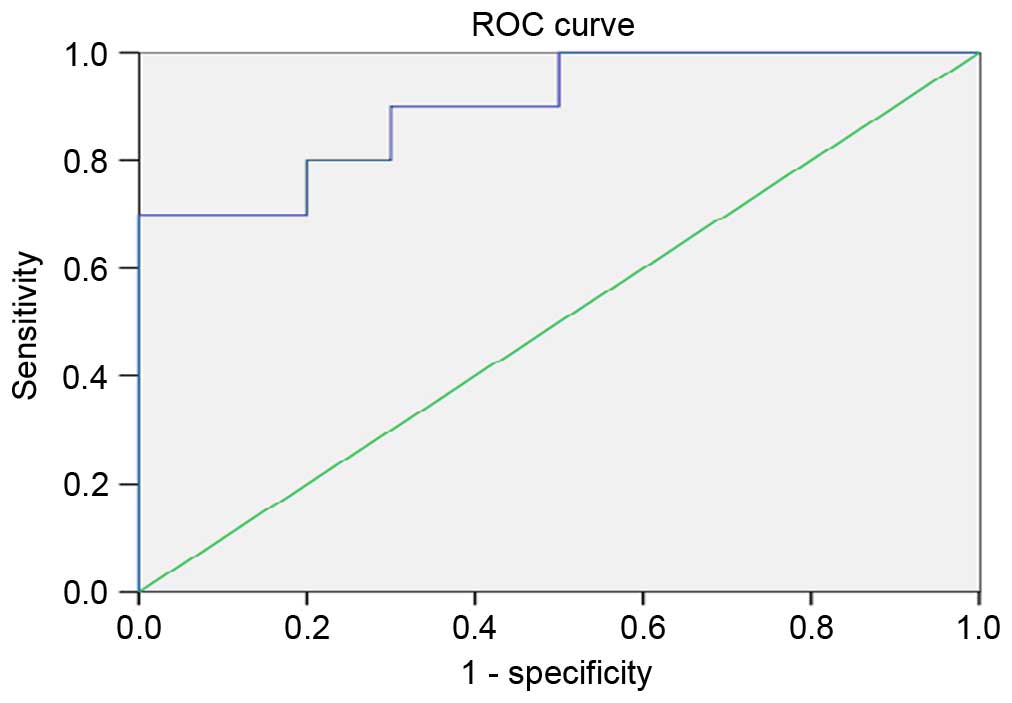ATP5B and ETFB metabolic markers in children with congenital hydronephrosis
- Authors:
- Published online on: November 1, 2016 https://doi.org/10.3892/mmr.2016.5914
- Pages: 5111-5115
-
Copyright: © Zhao et al. This is an open access article distributed under the terms of Creative Commons Attribution License.
Metrics:
Total
Views: 0 (Spandidos Publications: | PMC Statistics:
)
Total PDF Downloads: 0 (Spandidos Publications: | PMC Statistics:
)
Abstract
Congenital obstructive nephropathy is the primary cause of chronic renal failure in children. Disorders of mitochondrial energy metabolism may be a primary factor underlying tubular cell apoptosis in hydronephrosis. The β-F1-ATPase (ATP5B) and electron transfer flavoprotein β subunit (ETFB) metabolic markers are involved in mitochondrial energy metabolism in other diseases. The aim of the present study was to evaluate whether ATP5B and ETFB are represented in the hydronephrotic kidney, and whether they are associated with the progression of hydronephrosis. The cohort examined consisted of 20 children with hydronephrosis, graded III and IV using the Society for Fetal Urology grading system, and a control group consisting of 20 patients with nephroblastoma. Reverse transcription‑quantitative polymerase chain reaction and immunoblot analyses were used to investigate the differential expression of genes and proteins in the two groups. The gene and protein expression levels of ATP5B and ETFB were upregulated in the hydronephrosis group. Correlation analyses revealed negative correlations between ATP5B, ETFB protein and split renal function (SRF). Receiver‑operator curve analysis found a diagnostic profile of the ETFB protein in identifying children with hydronephrosis with abnormal SRF (<45%). These results suggested that increasing levels of ATP5B and ETFB were associated with worsening renal injury. ATP5B and ETFB may be novel markers in hydronephrosis and require further detailed investigation.













